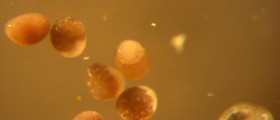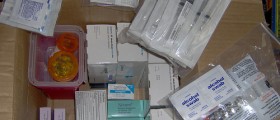
IVF success rates could be improved enormously through the use of time-lapse imaging, scientists from the United Kingdom revealed in Reproductive BioMedicine Online. The study team, from the CARE fertility group, say that the new technique can help with selecting the healthiest embryos, resulting in a 56 percent increase in IVF live birth rates. Selecting those embryos that have the biggest potential to develop normally is nothing new, but the time-lapse imaging could make that process a whole lot reliable. The word "could" is key here, since the study was only small the 69 couples that were studied do not provide a big enough sample to reach a definitive conclusion, and further research is clearly going to have to be conducted. What the scientists witnessed is still rather significant, and very probably promising. A total of 88 embryos were imaged and implanted at the CARE fertility clinic in Manchester, UK. After they were placed in an incubator, images were taken every 10 t0 minutes. This enabled the study team to follow the embryos at key points of their development in order to make more accurate assessments on their potential. The outcome was as follows: Eleven babies were born within the group that was deemed to be low risk. That is a success rate of 66 percent. Five babies were born within the medium-risk group, which amounts to 19 percent. No babies were born within the high-risk group.
Professor Simon Fishel, managing director of CARE Fertility Group, described the findings as "probably the most exciting and significant development that can be of value to all patients seeking IVF." Images are currently created only once a day, and the IVF embryos have to leave their incubators briefly in order to complete that process. The new technique is much more effective, while causing fewer disruptions within the process. Up to 5000 images are taken of the embryos before the ones with the highest potential are implanted with the new technique. Again, this is a rather small sample and it is too early to make conclusions. But the study certainly offers hope of higher IVF success rates for all in the near future. What is your opinion about the new study?












_f_280x120.jpg)





Your thoughts on this
Loading...